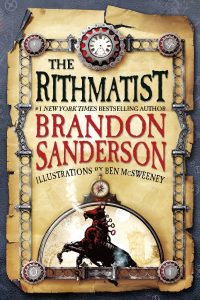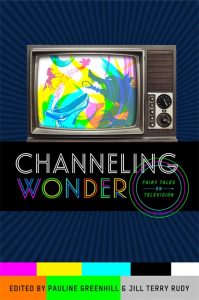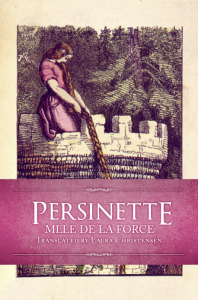 The most interesting characters aren’t necessarily the ones with super-awesome skills or the best backstory. Most times, they’re the ones with the most internal conflict. One example of such a character is Joel from Brandon Sanderson’s The Rithmatist and his co-star, Melody. In this YA novel, magic is restricted to a chosen few, and Joel is not one of them. He is, however, incredibly skilled in every facet of a rithmatist’s skills: geometry and other mathematics, the foundation of the magical system, are Joel’s forte. Melody is a rithmatist but is rubbish at mathematics. Both characters, regardless of any other plot points, are already set in conflict. Conflict is the core of plot, so Sanderson sets himself up for success right out of the gate.
The most interesting characters aren’t necessarily the ones with super-awesome skills or the best backstory. Most times, they’re the ones with the most internal conflict. One example of such a character is Joel from Brandon Sanderson’s The Rithmatist and his co-star, Melody. In this YA novel, magic is restricted to a chosen few, and Joel is not one of them. He is, however, incredibly skilled in every facet of a rithmatist’s skills: geometry and other mathematics, the foundation of the magical system, are Joel’s forte. Melody is a rithmatist but is rubbish at mathematics. Both characters, regardless of any other plot points, are already set in conflict. Conflict is the core of plot, so Sanderson sets himself up for success right out of the gate.
Comments on Craft is a growing collection of examples of artful and well-constructed writing and storytelling and a discussion of why they work.







